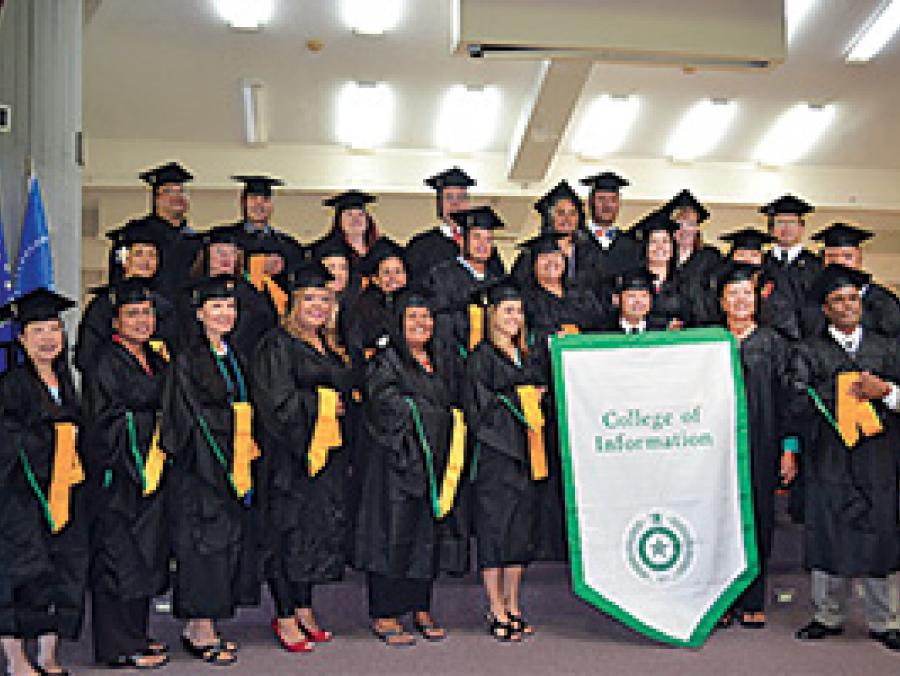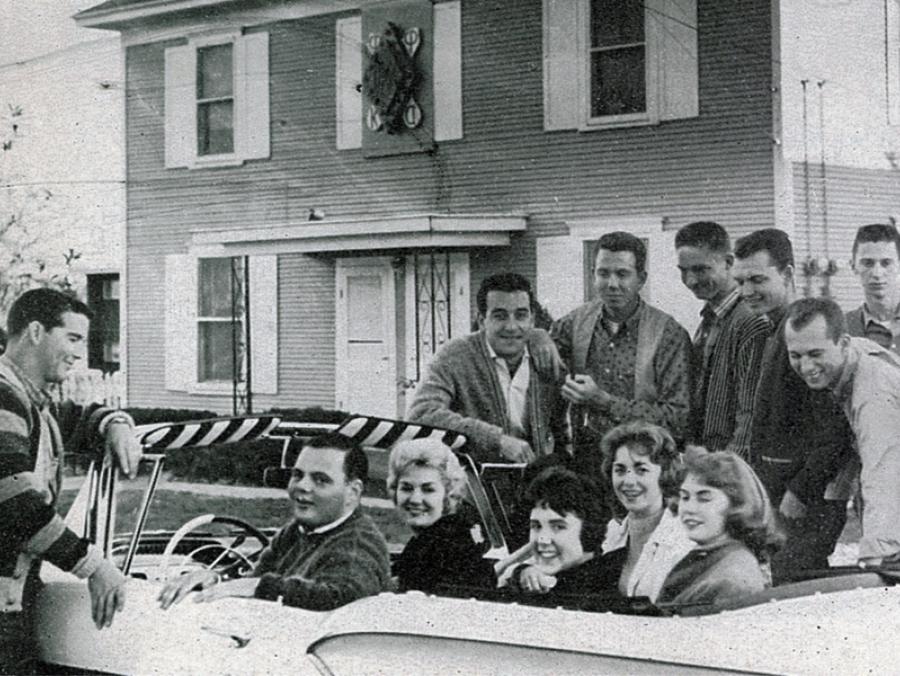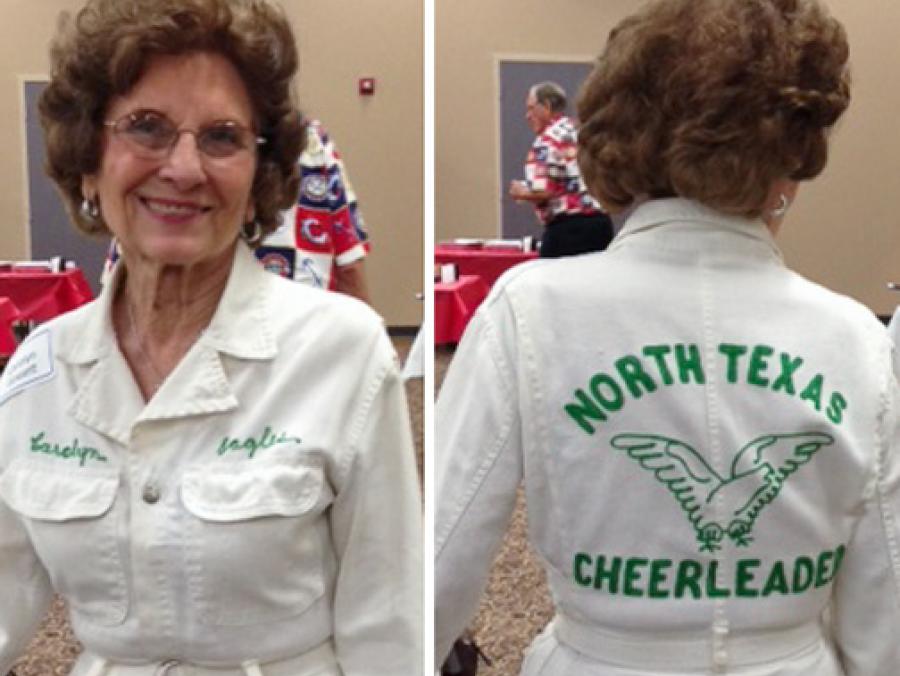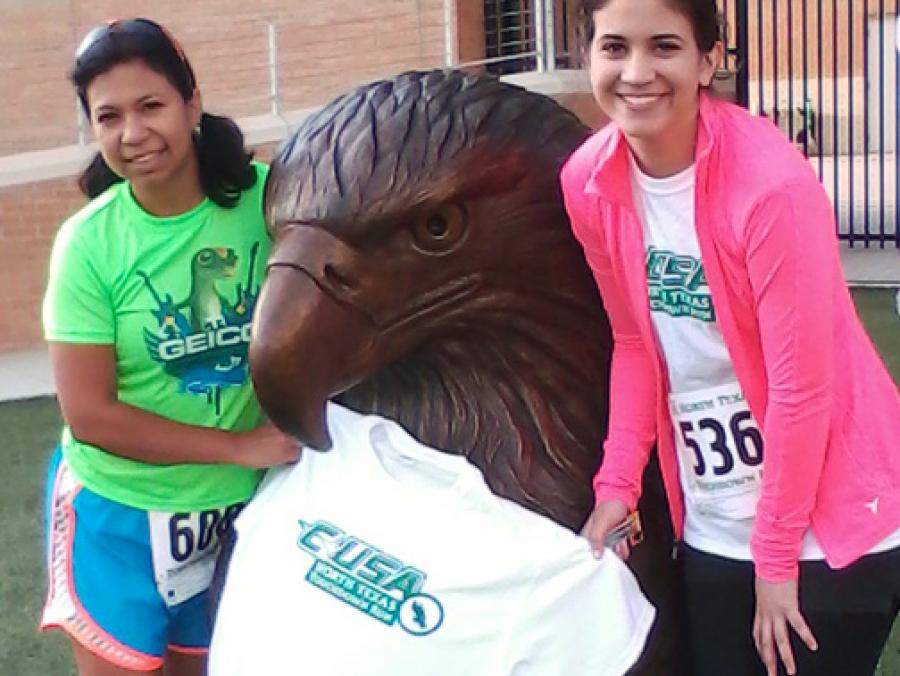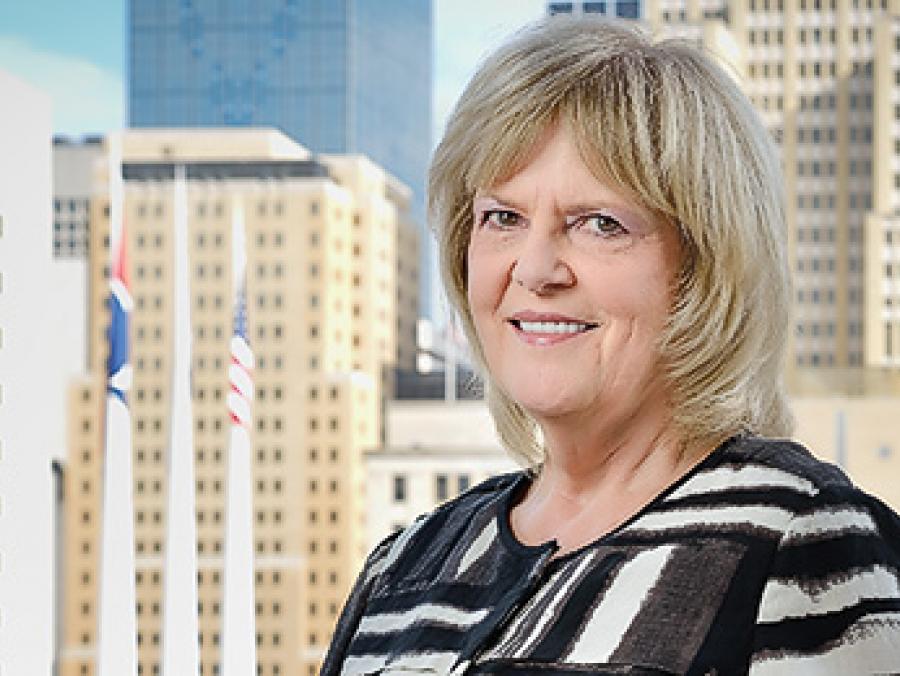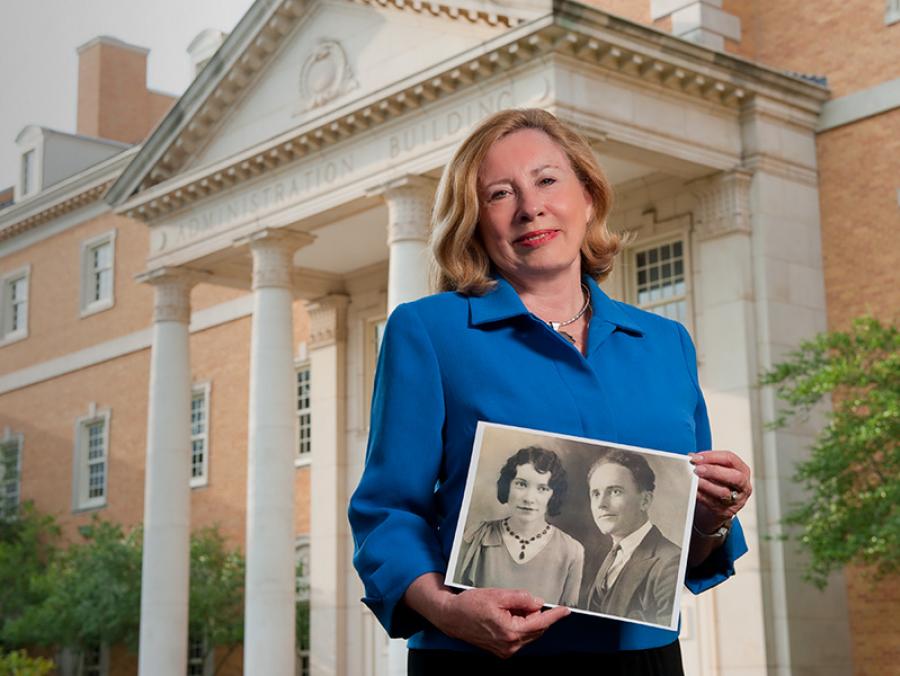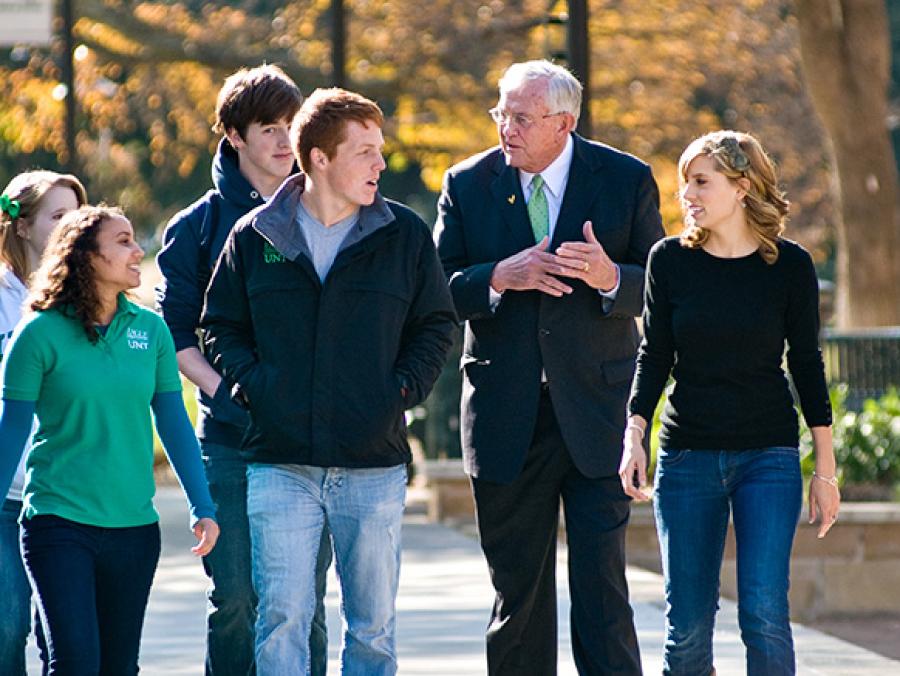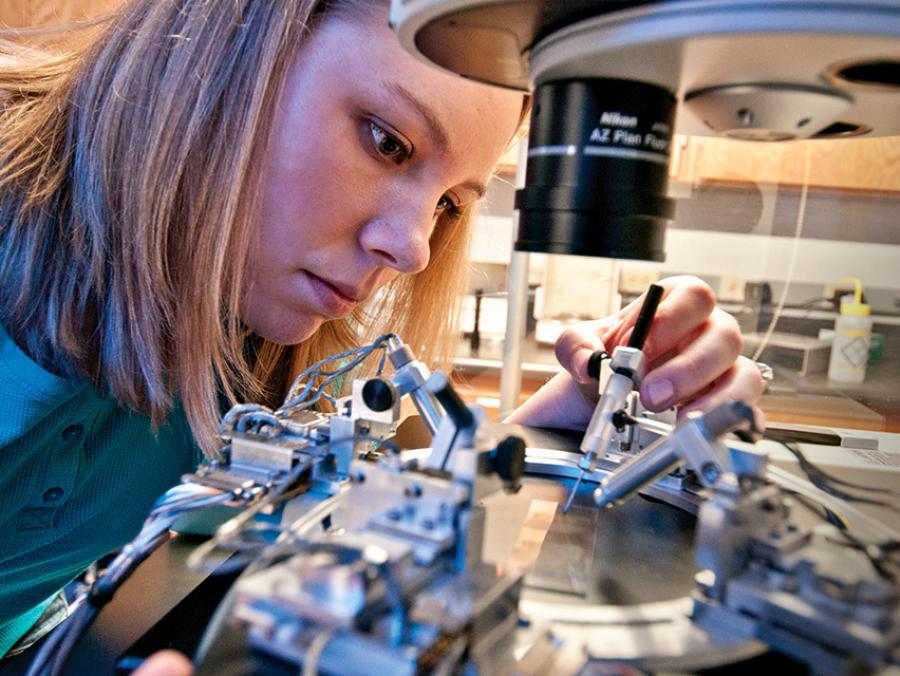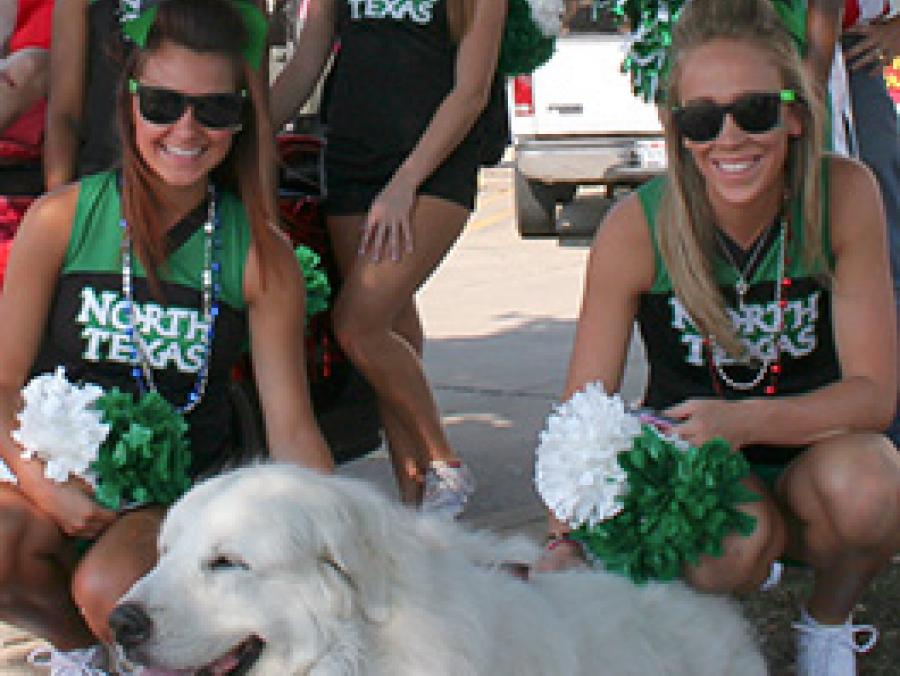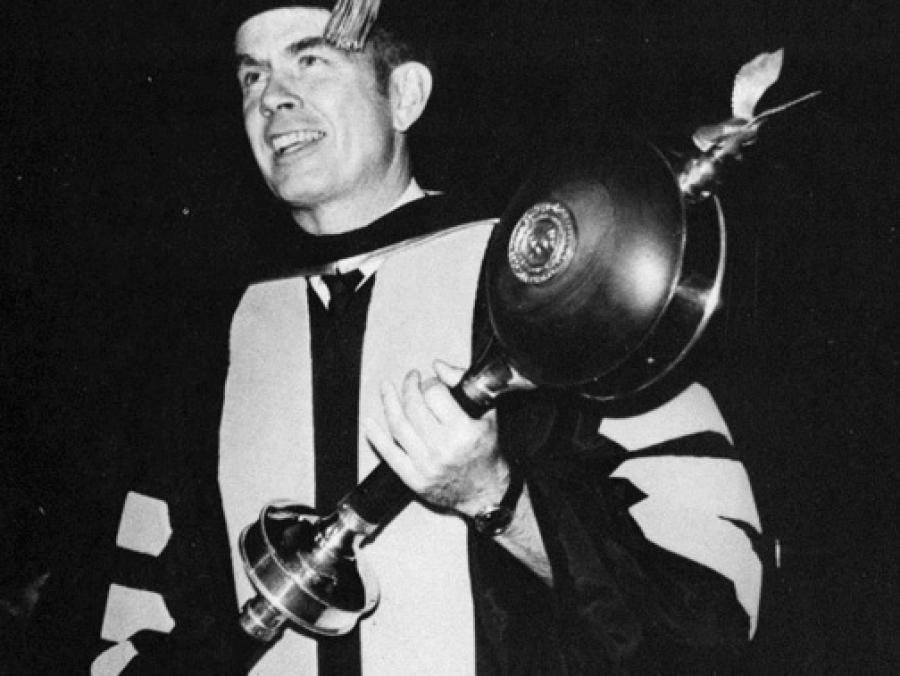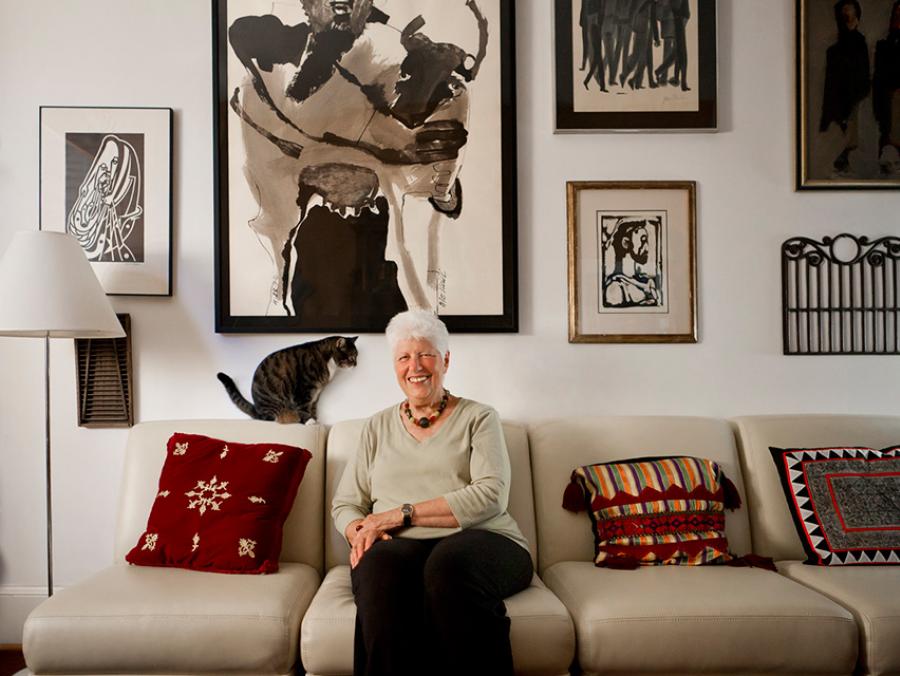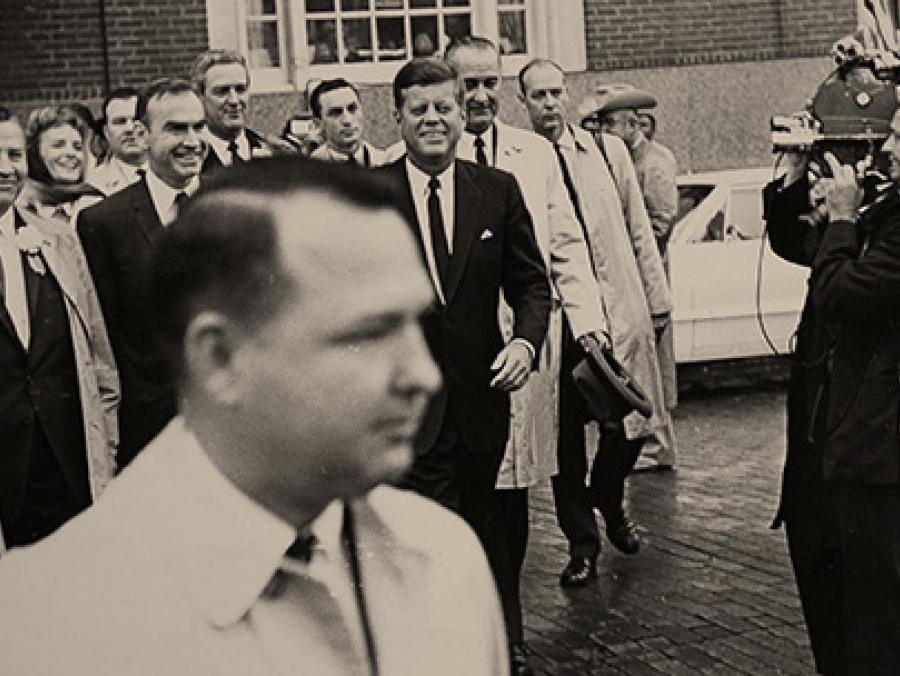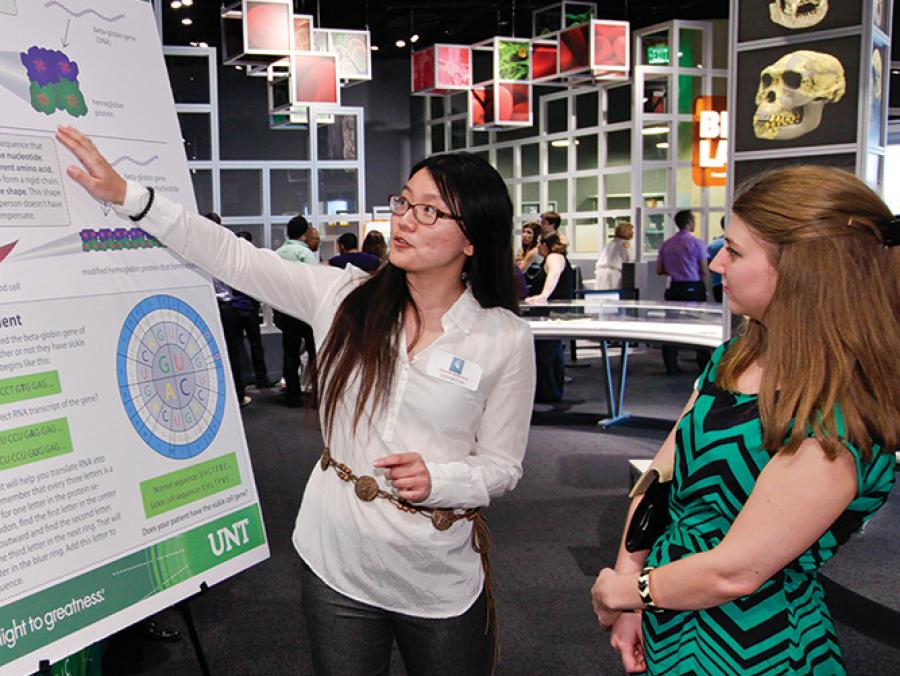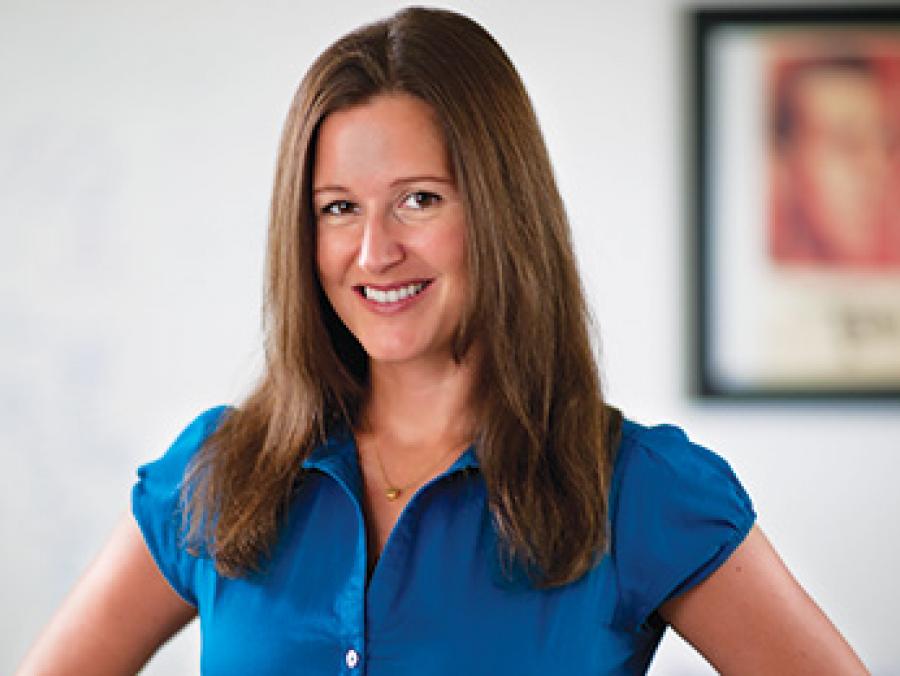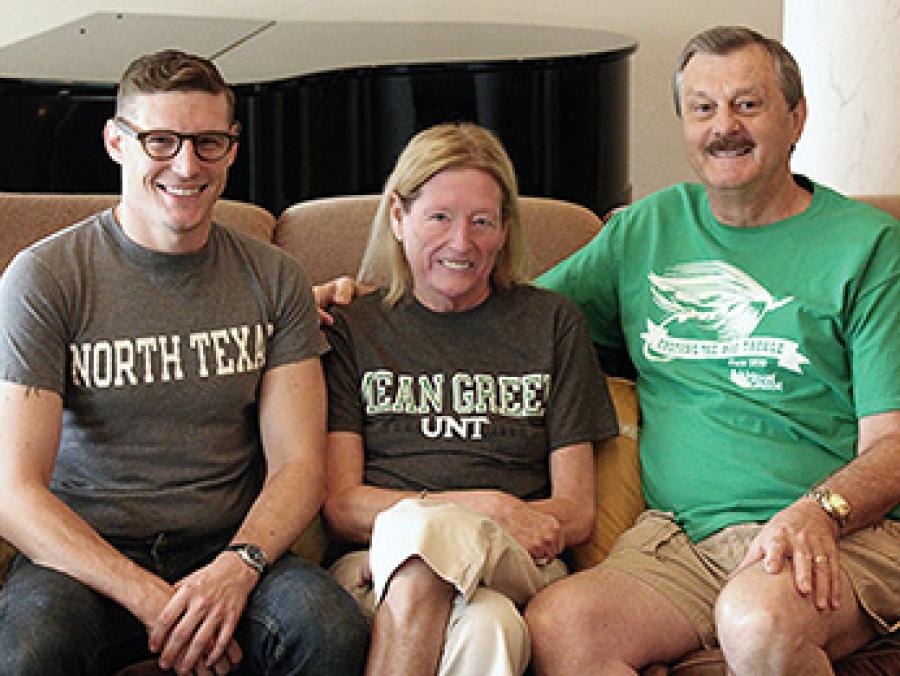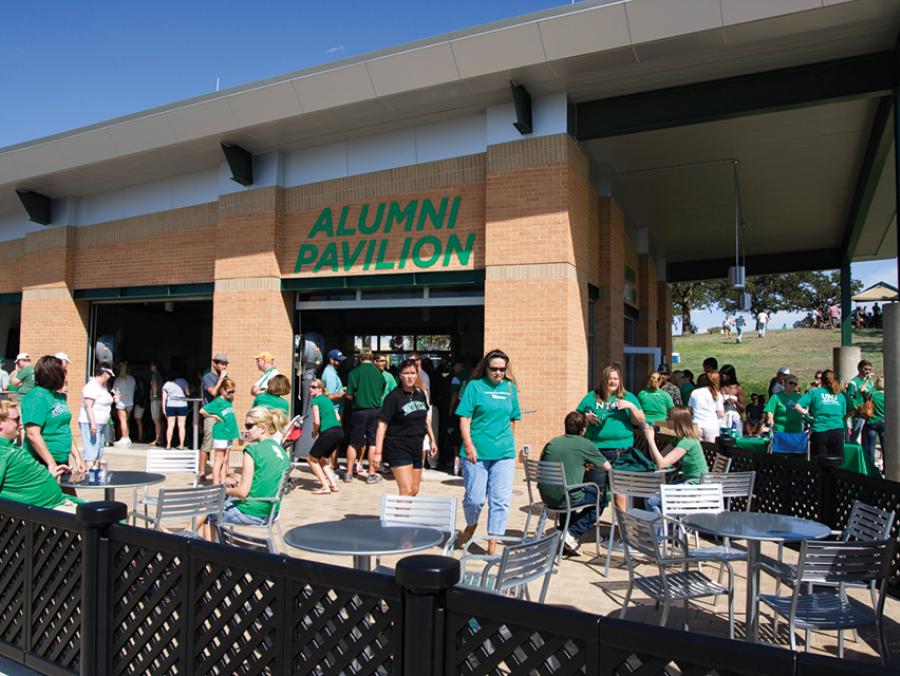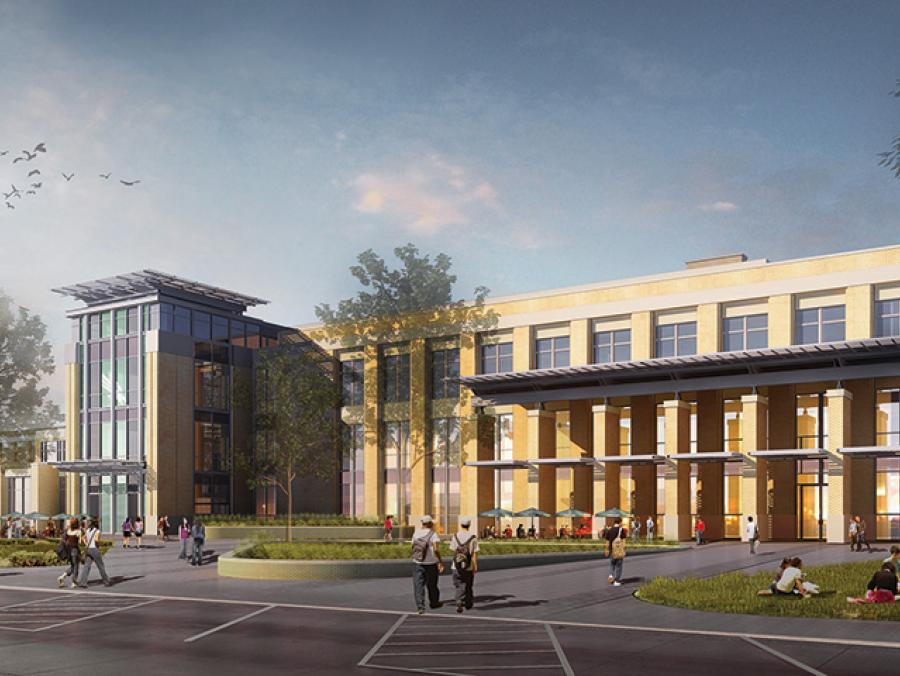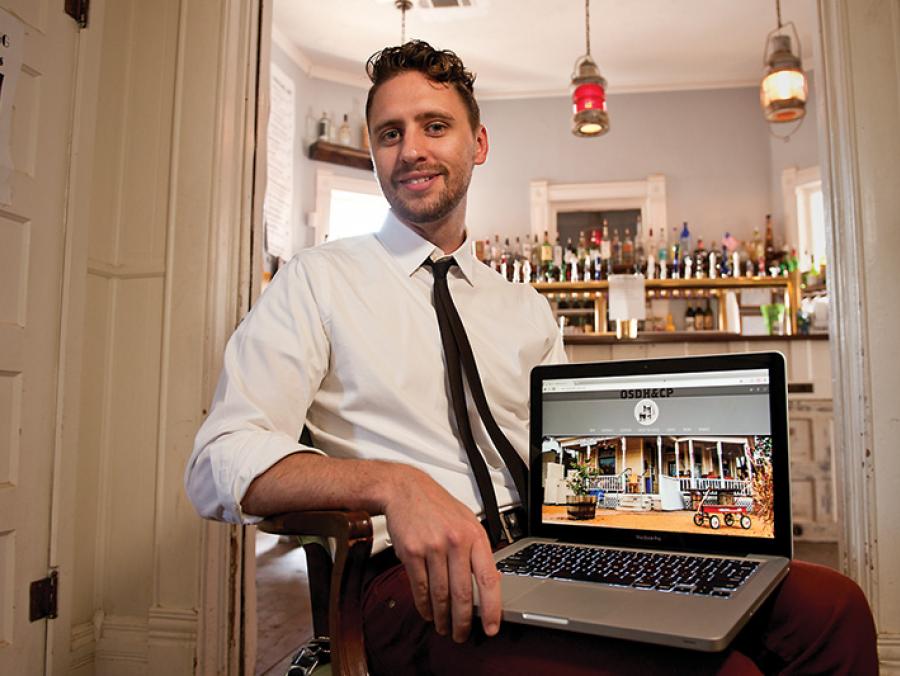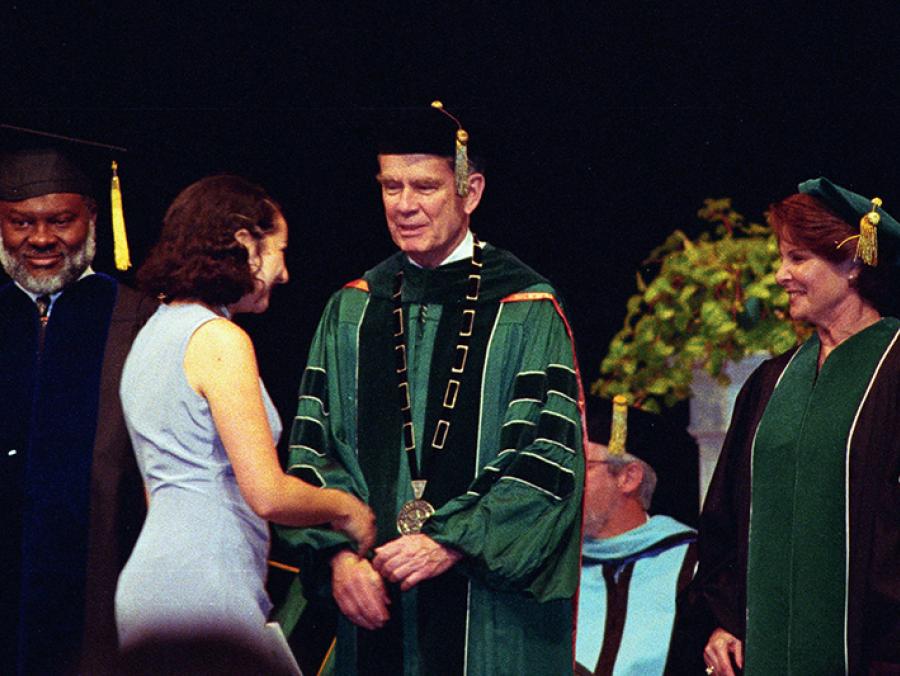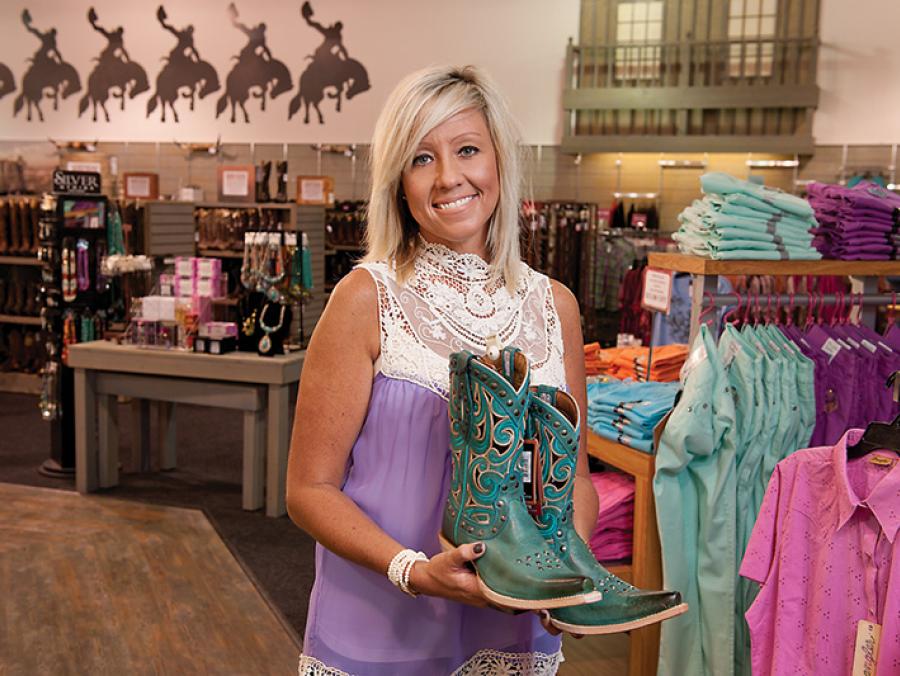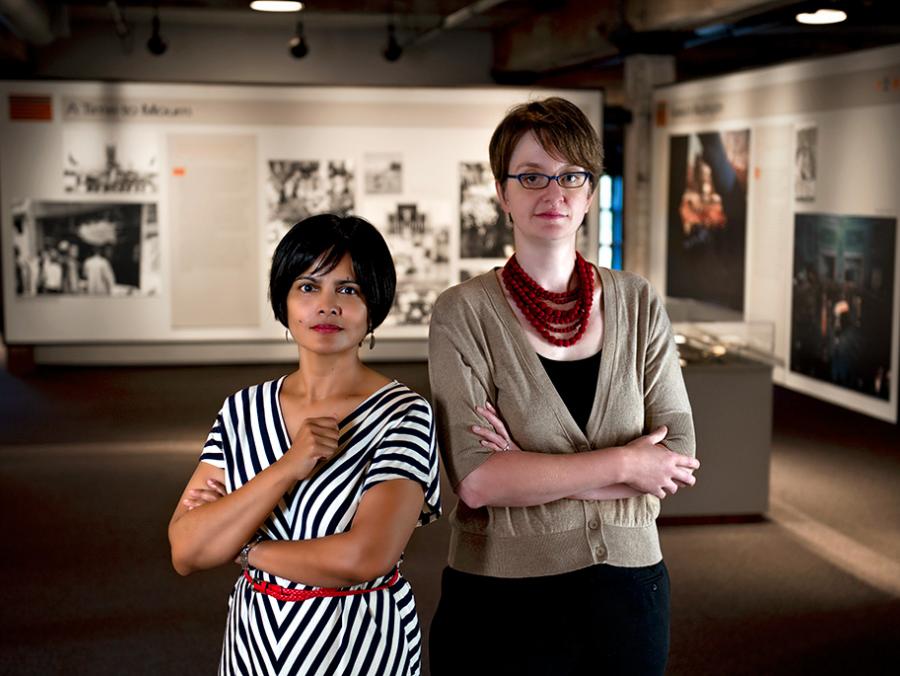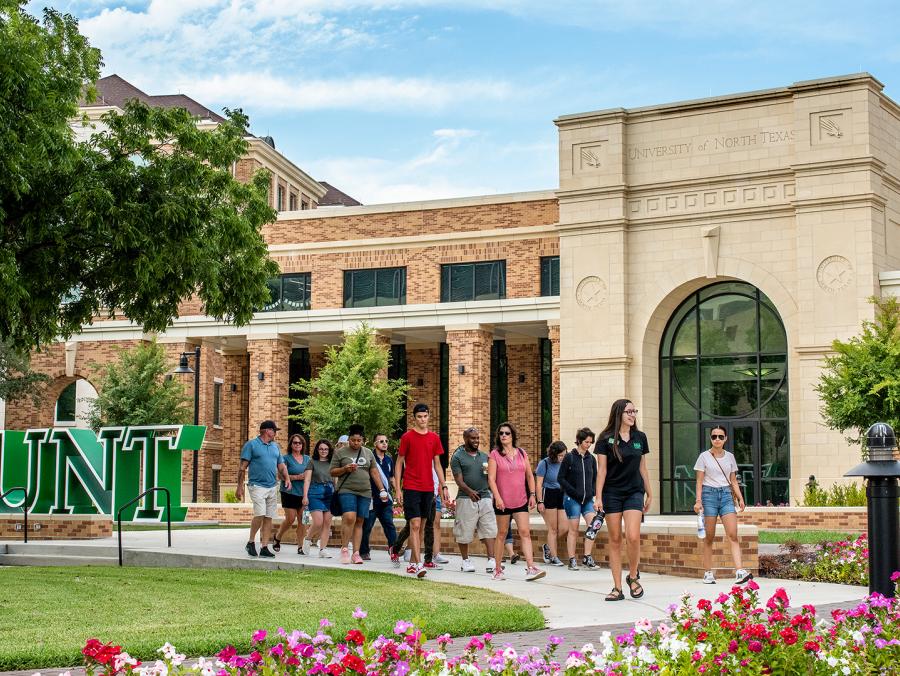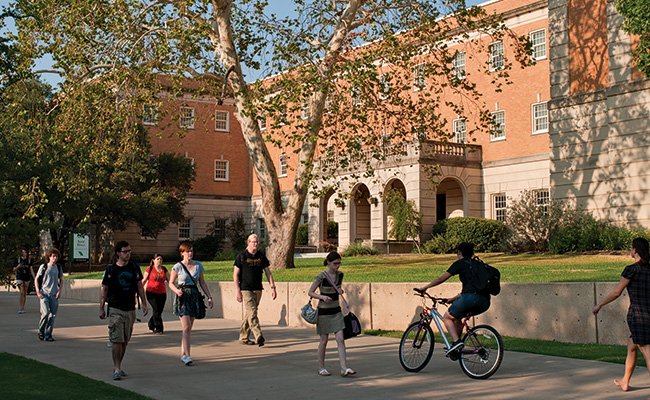
One-stop shopping is nothing new to American consumers.
But it's a novel concept for higher education academic services, making UNT a pioneer on this frontier.
Last year, UNT opened Sage Hall in the old Business Building, and it now houses just about every academic service undergraduate students need — all in one place.
"There are aspects of this model across the nation that include things like undeclared advising offices," says Celia Williamson, vice provost. "But our setting is unique because we also house the Learning Center, Honors College, Study Abroad and McNair Scholars programs and many others together. We took the concept of one-stop shopping and built it out to include more enriching pieces of the experience."
Williamson says that the goal for Sage Hall isn't entirely about convenience for students. It's mainly about their success.
Group learning spaces
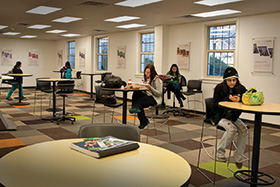 Designed to facilitate group learning, the building includes eight classrooms, student work rooms and copy centers, and two learning commons areas where students can work together on projects, have group discussions or simply study with a partner or a handful of classmates.
Designed to facilitate group learning, the building includes eight classrooms, student work rooms and copy centers, and two learning commons areas where students can work together on projects, have group discussions or simply study with a partner or a handful of classmates.
Academic services
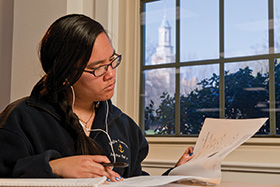 The building houses related undergraduate academic services on campus such as the Learning Center, the Office For Exploring Majors, Student Veterans Services and the Office of Disability Accommodation. Sage Hall also houses universal student units such as the Honors College, Emerald Eagle Scholars, Study Abroad, the Office of Nationally Competitive Scholarships and the University Technology Information help desk. Their close proximity to one another permits students to find support from many different service providers without leaving the building.
The building houses related undergraduate academic services on campus such as the Learning Center, the Office For Exploring Majors, Student Veterans Services and the Office of Disability Accommodation. Sage Hall also houses universal student units such as the Honors College, Emerald Eagle Scholars, Study Abroad, the Office of Nationally Competitive Scholarships and the University Technology Information help desk. Their close proximity to one another permits students to find support from many different service providers without leaving the building.
Partnerships
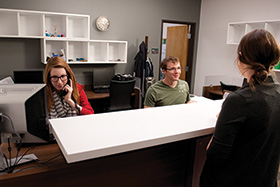 Sage Hall lends itself to student partnerships, but it also facilitates teamwork among the units housed within to build stronger community support. Students with more than one academic need find services in proximity to one another. And if students go to one unit with an issue, the staff in that office can easily walk with them to the service that can best help them.
Sage Hall lends itself to student partnerships, but it also facilitates teamwork among the units housed within to build stronger community support. Students with more than one academic need find services in proximity to one another. And if students go to one unit with an issue, the staff in that office can easily walk with them to the service that can best help them.







